Weather to Launch: How weather impacts rocket launches at Vandenberg Space Force Base
Often, we look up into our skies and see rockets. The rockets are launched at Vandenberg Space Force Base. Just recently making history with more than 50 launches in a year.
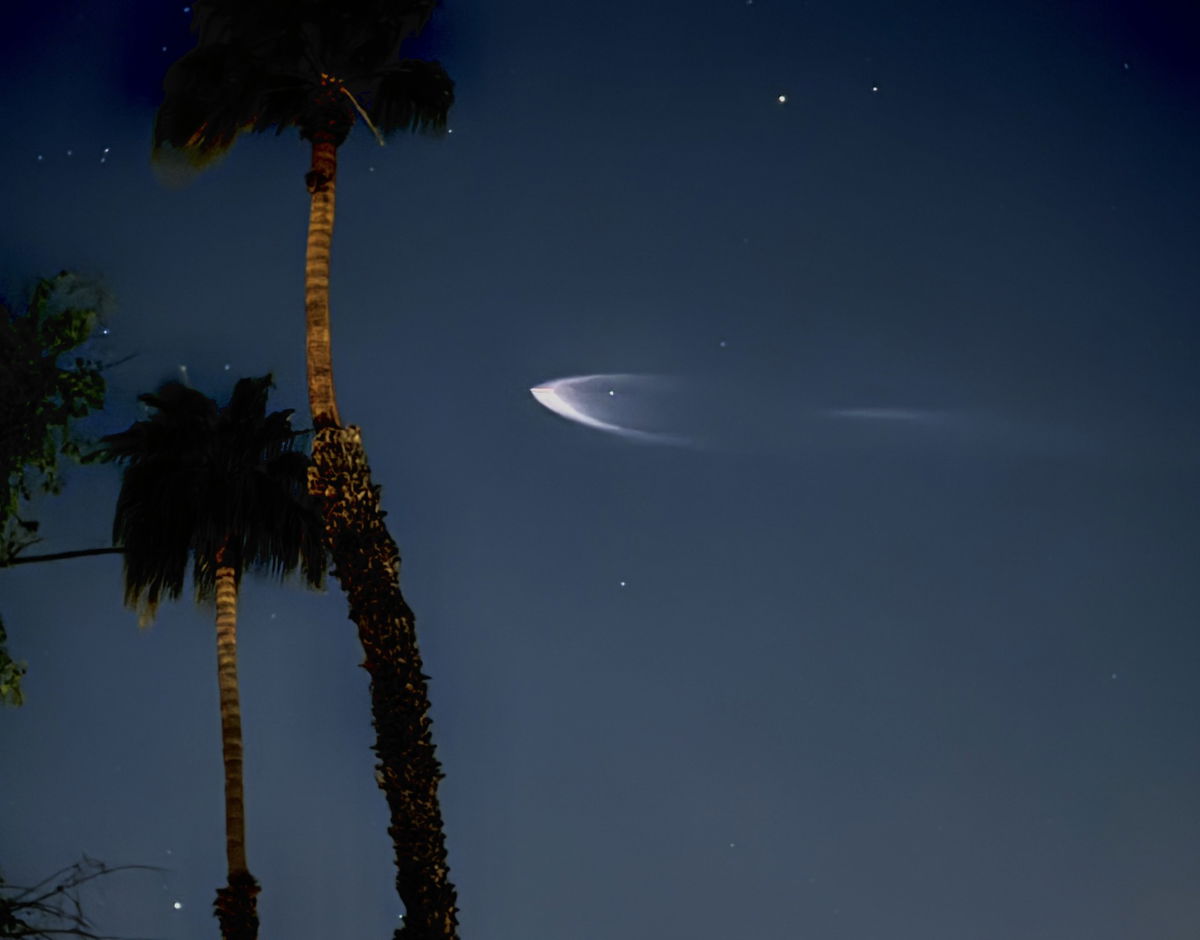
So, how does weather play a role in those launches?
Vandenberg Space Force Base is one of only a few places across the nation which launches rockets into space.
There are countless factors that play critical roles to make sure everything goes off without a hitch.
One of the biggest things that can impact a launch is, of course, the weather.
Our day began bright and early around 6:30 AM as we arrived at the visitors center and received our credentials to enter the base. Once on base, we were taken to the weather balloon shop to see the morning balloon release around 7:20 AM. The balloon carries a device called a radiosonde several miles into the atmosphere to measure a number of factors.
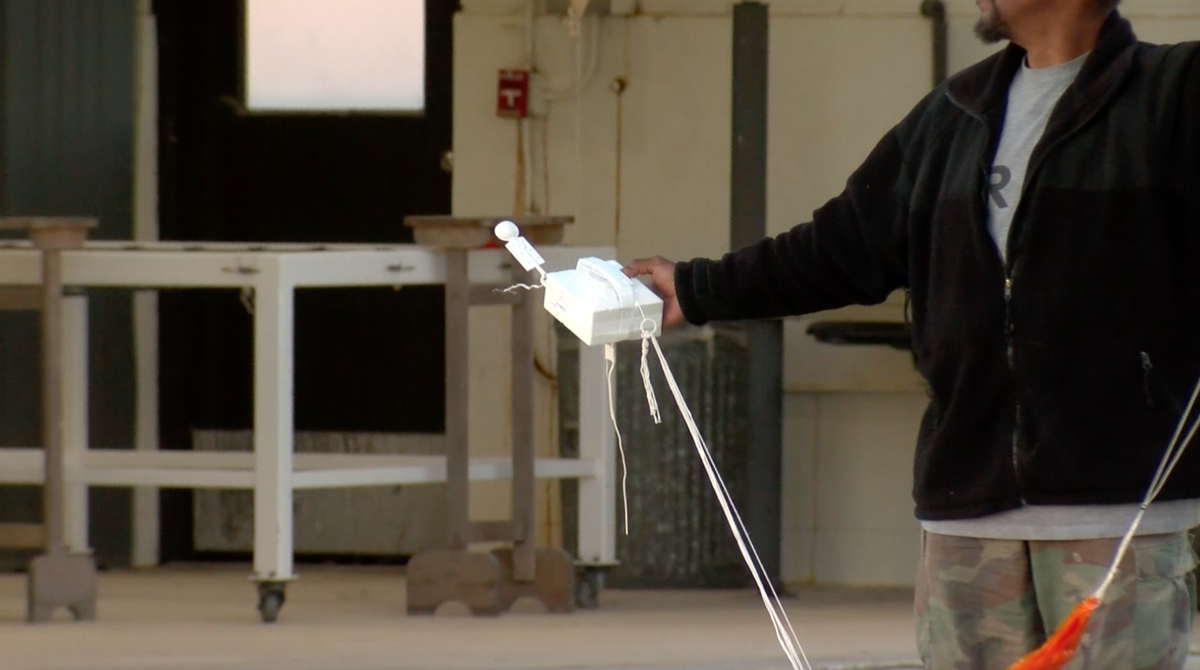
After the release, we were taken to Vandenberg’s main weather headquarters to learn how their meteorologists prepare the rest of their forecast. The weather officers then examine the area’s conditions to determine if it is safe to launch. They need to make sure that factors like winds and lightning won’t be impacting the launch.
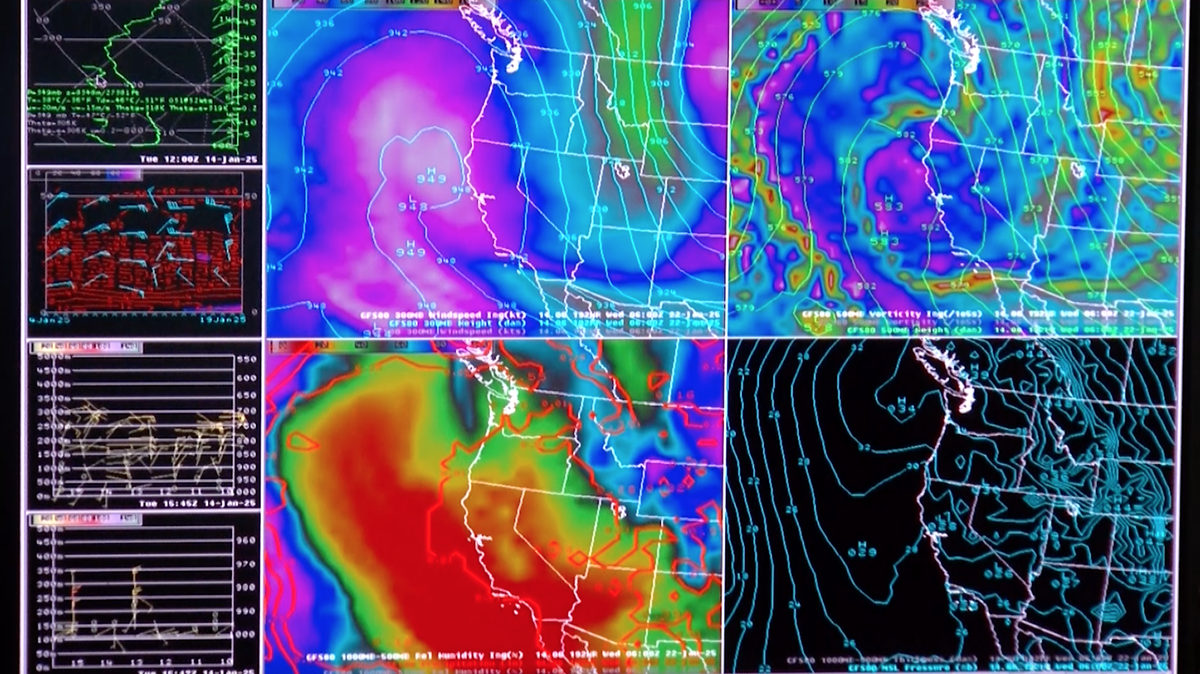
Once they determine it’s safe to launch, the countdown to takeoff begins. At this point, it’s only a matter of hours. After determining it’s safe to launch, we headed out to the viewing site - roughly 3 miles away from the launchpad. This gave us an opportunity to learn more about the rocket itself.
While it’s hard to tell from so far away, the rocket itself is exactly 70 meters, or, roughly 230 feet tall. And the cost of launching this Falcon 9 rocket, just shy of 70 million dollars! We also learned that the launch has two distinct stages.
After waiting for a few hours, the moment finally arrived. Our morning culminated at 11:08 AM when the final countdown began and it was time to launch.
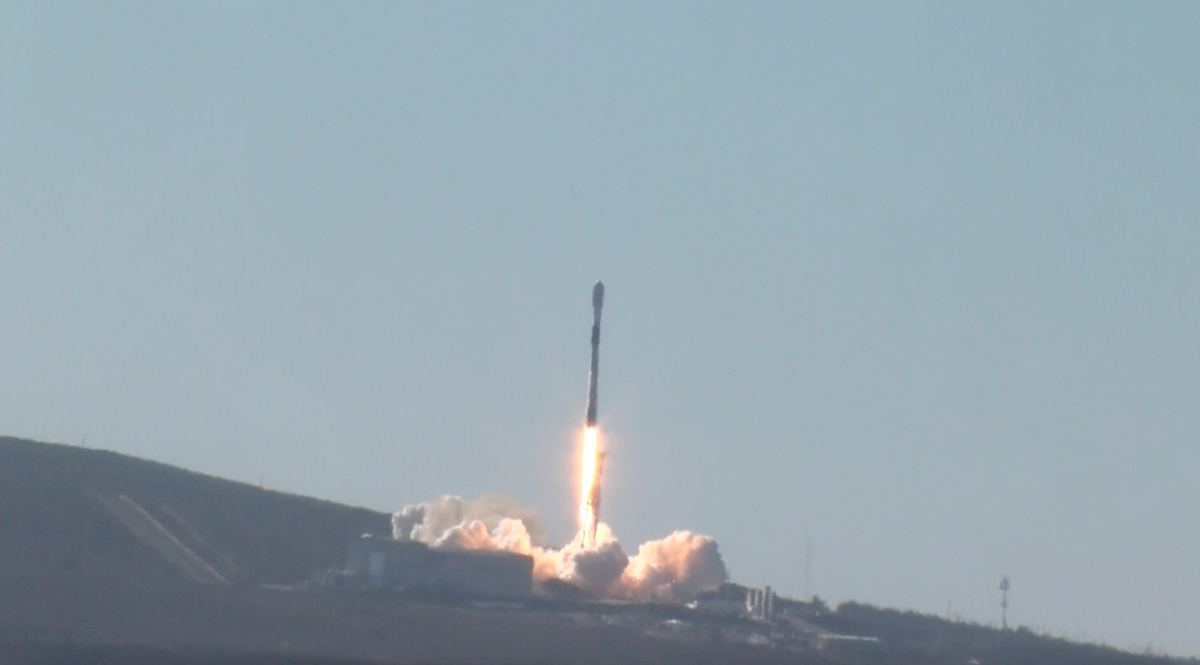
Once in space, the rocket delivers its payload. In this case, more than 130 different satellites. This all happens over the course of just a few minutes. Then the booster reorients itself and begins its descent back down to earth. As it approaches the landing pad, a series of final boosts and readjustments occurs before the sound of multiple sonic booms shakes the entire area.
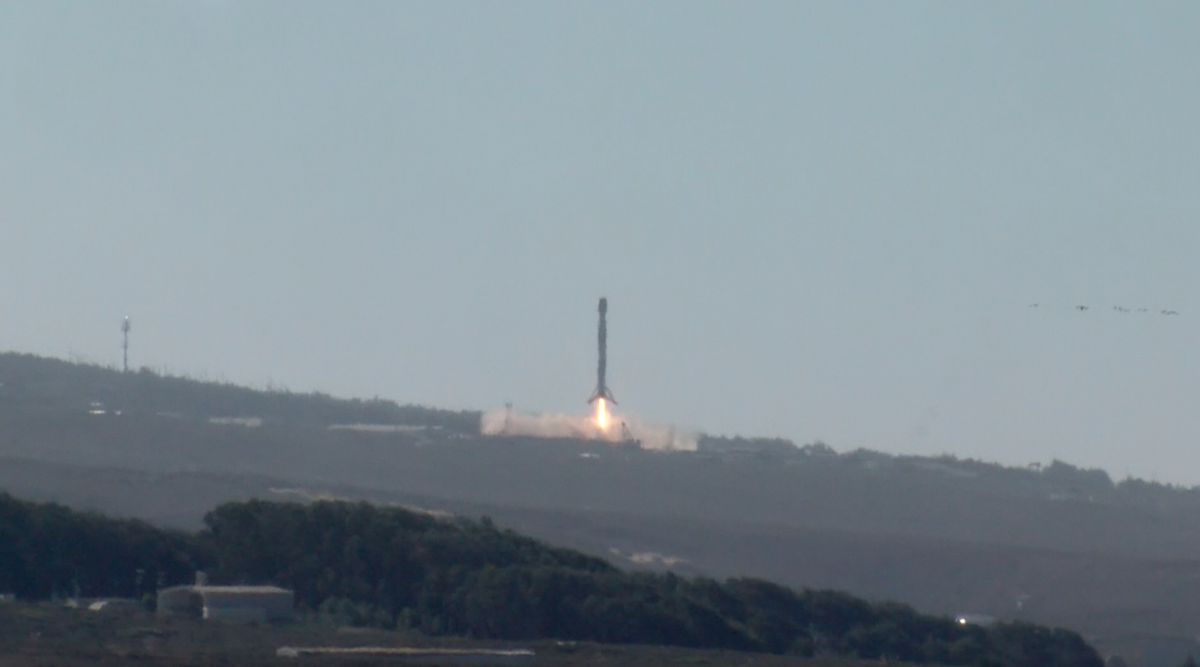
After experiencing the launch up close and in person we were left with a sense of awe and we weren’t alone.
